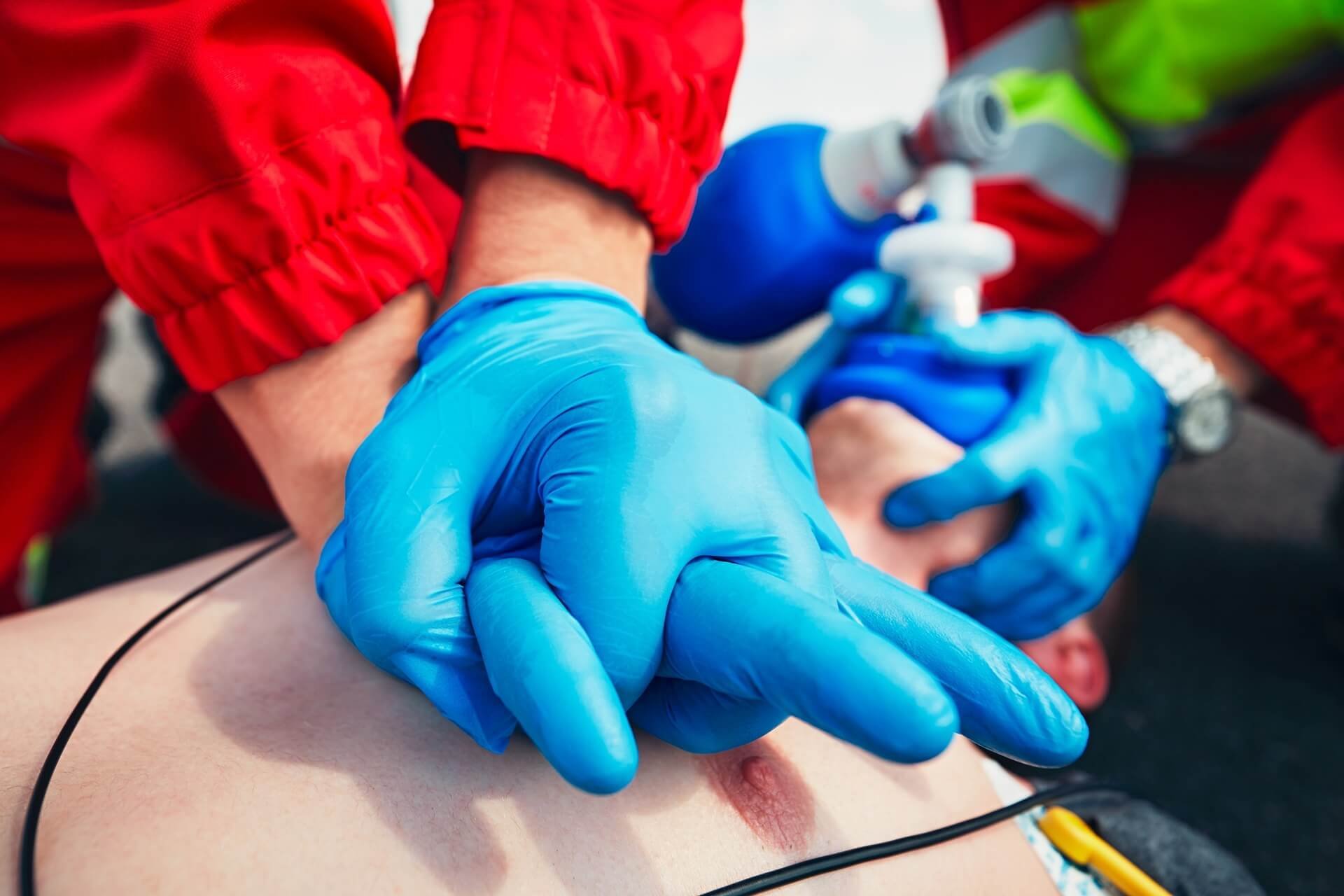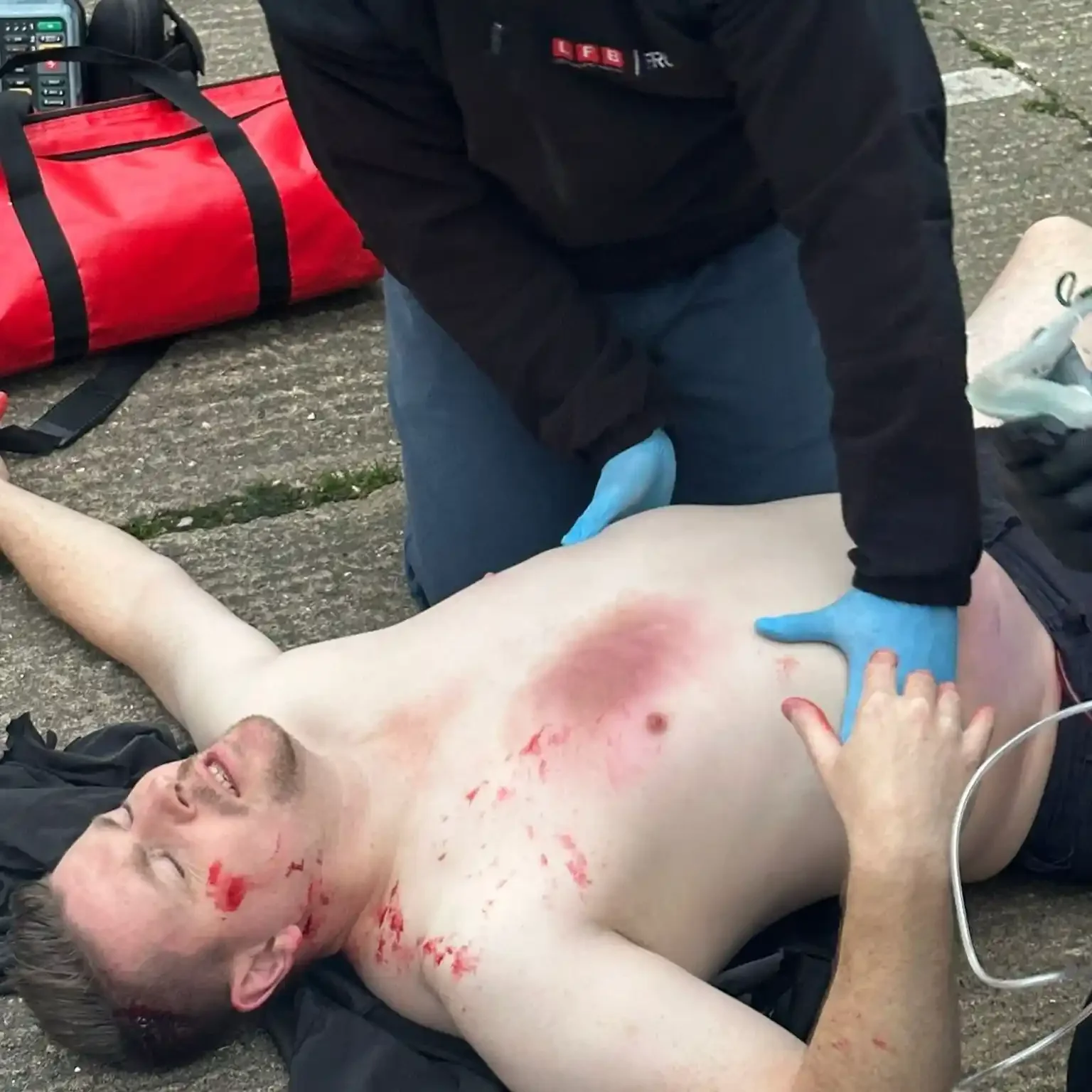
FREC 3 and FREC 4 Courses - Accredited Pre-Hospital Training in Suffolk & Norfolk.
Hands-On FREC Training that prepares you for the Real-World.
-

Quality Instruction From Paramedics & EMTs
Our instructors are all either active or former frontline healthcare workers and professionals. Everything we teach, we’ve seen.
-

Engaging & Realistic Training Preparing You For The Real World
Our up-to-the-minute experience coupled with the experience of our expert instructors allows us to fully engage learners.
-

Accredited Training & Nationally Recognised Qualifications
We’re a Qualsafe Awards training centre. Qualsafe Awards is an Awarding Organisation recognised by Ofqual to offer regulated qualifications.
Our Upcoming FREC & ILS Courses.
Some Of The Action From Past FREC & Pre-Hospital Courses.














Realistic and Practical FREC 3 and FREC 4 Training Courses.
Earning an accredited qualification in First Response Emergency Care (FREC 3) or First Response Emergency Care (FREC 4) is highly advantageous for those aiming to join the ambulance service or become community first responders. These courses offer realistic, real-world training, equipping individuals with practical skills to manage emergencies and provide life-saving care before professional help arrives.
For those in high-risk industries like construction, oil and gas, or mining, having a FREC 3 or FREC 4 qualification is invaluable. Firefighters with a non-accredited Immediate Emergency Care (IEC) qualification can convert to FREC 3 with a two-day RPL course, which is also great for those looking to work as event medics to earn extra money outside their regular job. These qualifications significantly improve emergency outcomes by ensuring a trained first responder is on-site.
Indroducing
FREC 4 & ILS
We’re excited to now offer our learners FREC 4 & ILS courses.
Introducing FREC 4 At NR Medical Training
Pre Hospital courses delivered by experienced Paramedics & EMTs.
We believe that quality and experience are the two key components of great training and the best way to empower learners. That is why we are proud to say that all of our courses are delivered by experienced healthcare professionals and Paramedics, who have extensive knowledge and real-life experience in emergency care.
The importance of having experienced healthcare professionals deliver our courses cannot be overstated. These professionals bring with them a wealth of knowledge and hands-on experience, which they use to provide you with practical, relevant, and up-to-date training. This ensures that you are learning from the very best in the field, and that you are gaining the skills and confidence you need.
Our Pre Hospital Courses.
-

Level 3 First Response Emergency Care (FREC 3) (RQF)
5 Day Course | 3 Day Requal
-

Level 4 First Response Emergency Care (FREC 4) (RQF)
5 Day Course
-

2 Day FREC 3 RPL Course
2 Day Course
-

Level 4 Award in Immediate Life Support (ILS)
1 Day Course
-

Construction Emergency First Aid & Trauma Course
2 Day Course
-

Equine Handler/Rider Emergency First Aid & Trauma Course
2 Day Course

Why Choose Our FREC Courses?
-
Engaging pre hospital training is crucial to providing effective education that is both fun and informative. There are many ways to engage learners. Some methods include using role-playing and simulations. Additionally, it is important to make the content relevant to the learner, using real-life examples and scenarios whenever possible. By creating an engaging training environment, learners will be more likely to retain information.
-
First aid training is an essential part of empowering individuals to react appropriately in emergency situations. Our expert instructors combine engaging learning techniques with the most up to date first aid guidelines to provide learners with the confidence and knowledge they need to help those in need.
-
At NR Medical Training, our FREC 3 and RTACC instructors have extensive real-world experience in frontline healthcare roles as well as relevant training experience and qualifications. This means that you can feel confident knowing that your tutor is a true subject matter expert and qualified trainer. We provide great value first aid courses in Norfolk delivered by experts. Contact us today to find out more about our first aid training packages.
-
We're a Qualsafe Awards training centre, which means that we have strict guidelines for the content of all our courses. This helps us to maintain a high quality of training, and also means that we're regularly audited to ensure that we're meeting the standards set by Qualsafe Awards.








